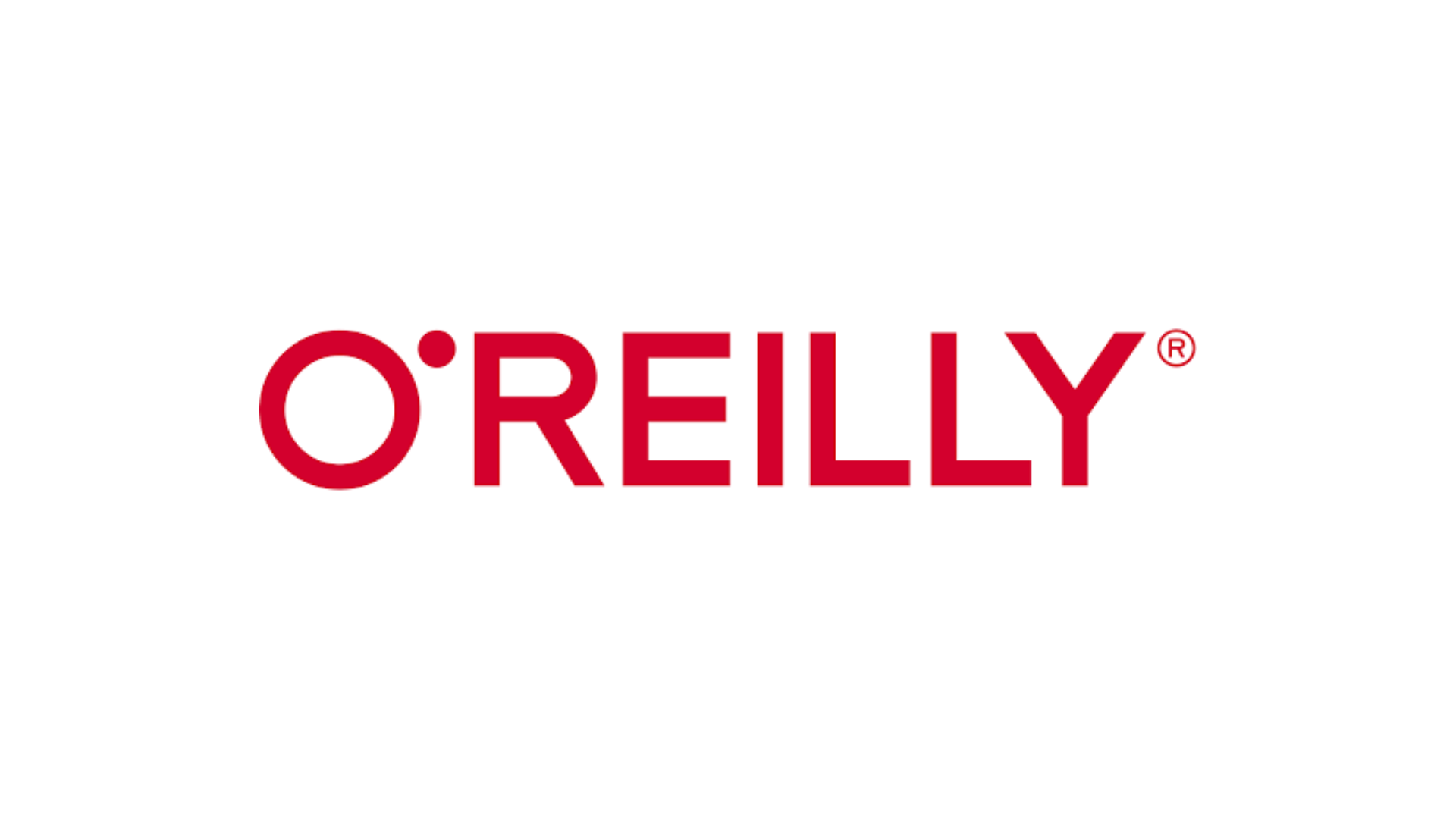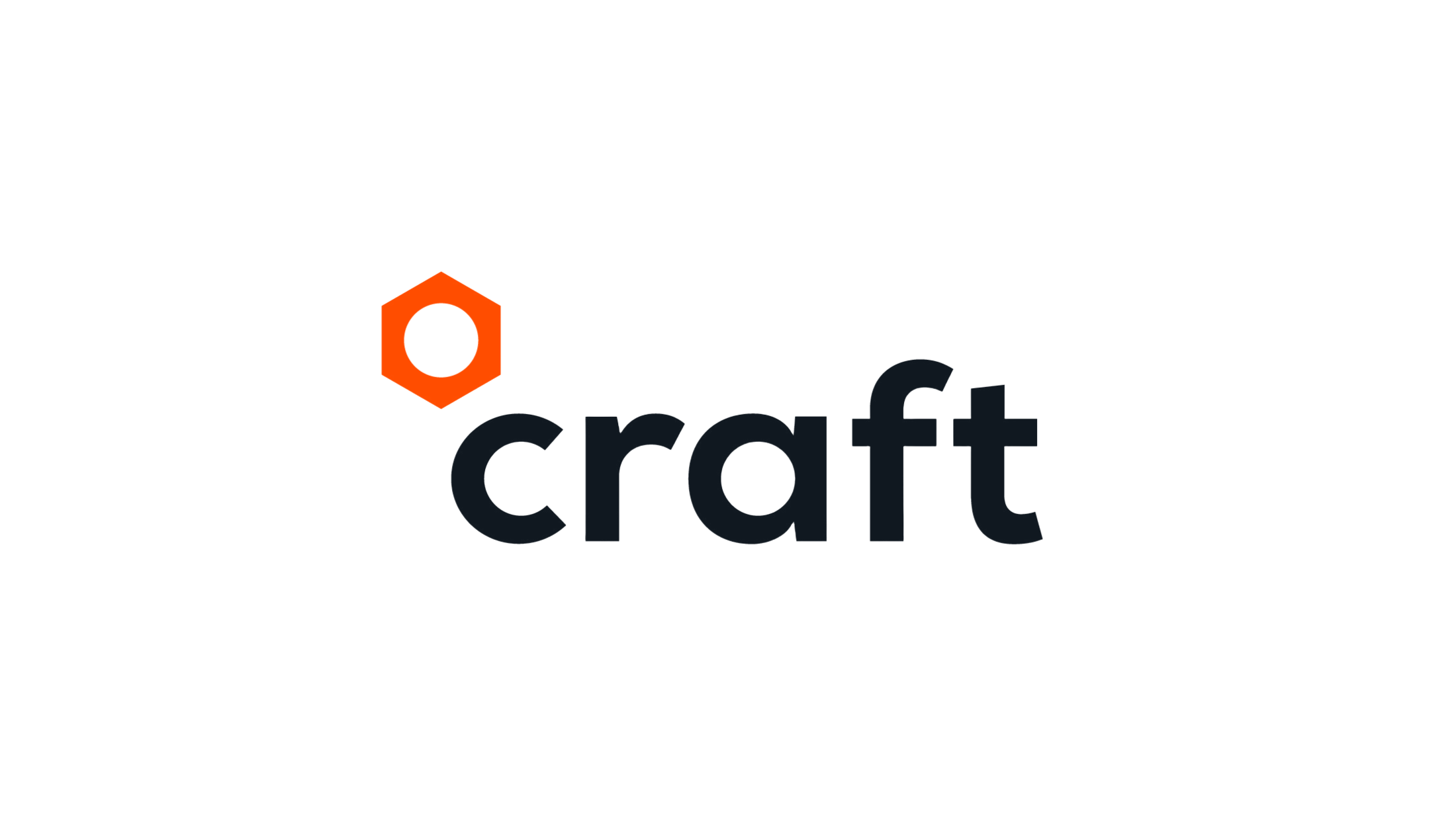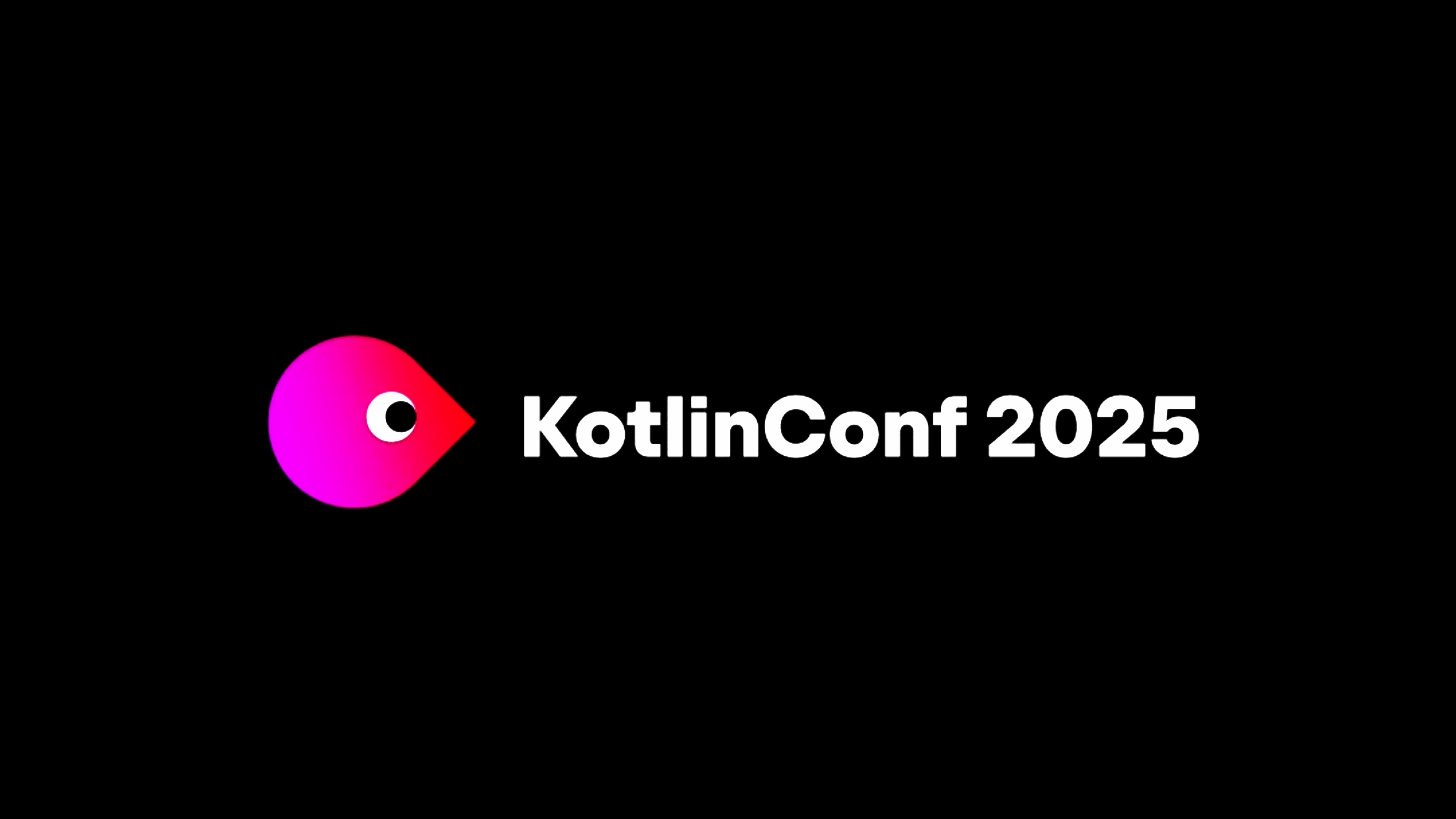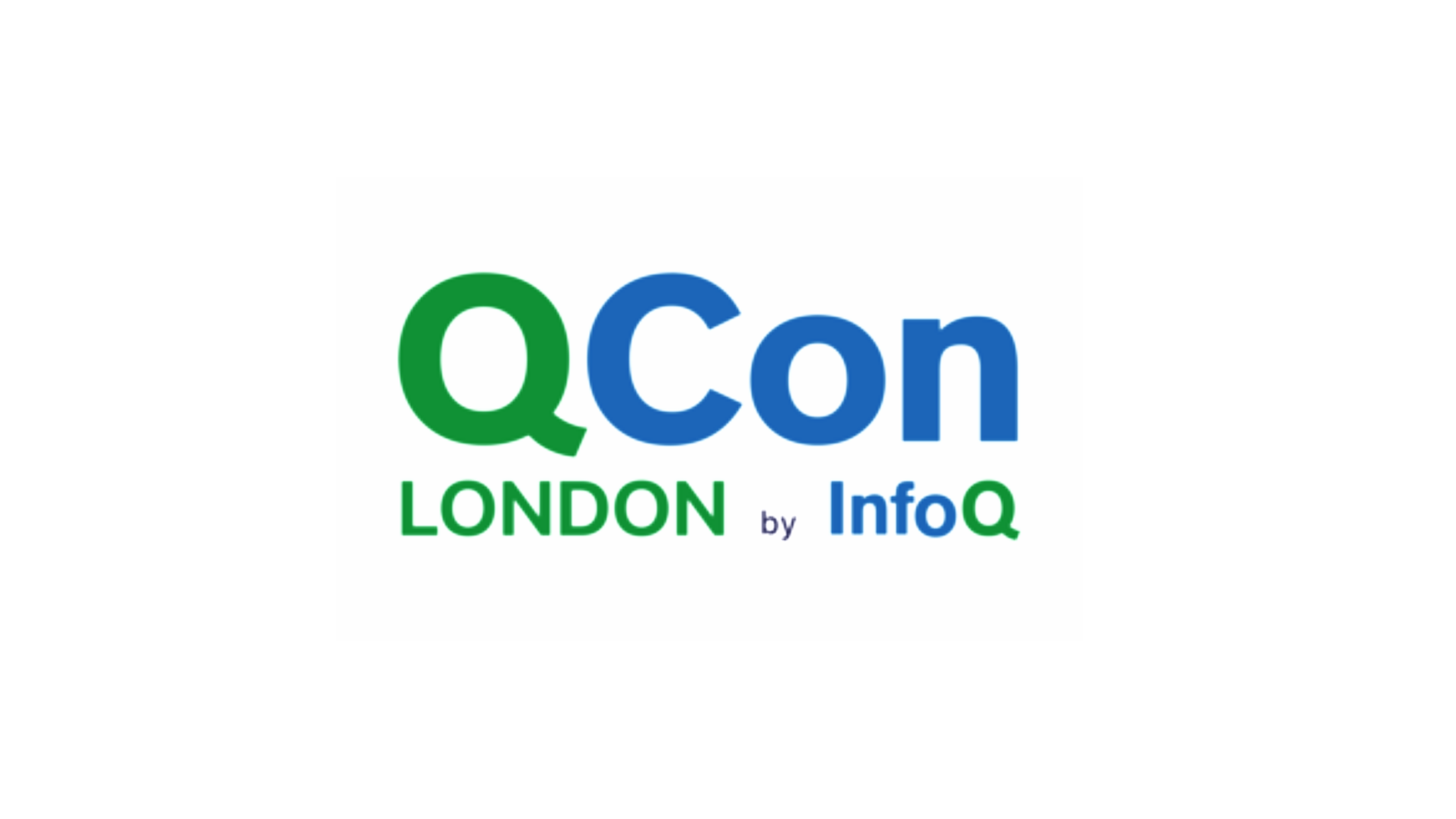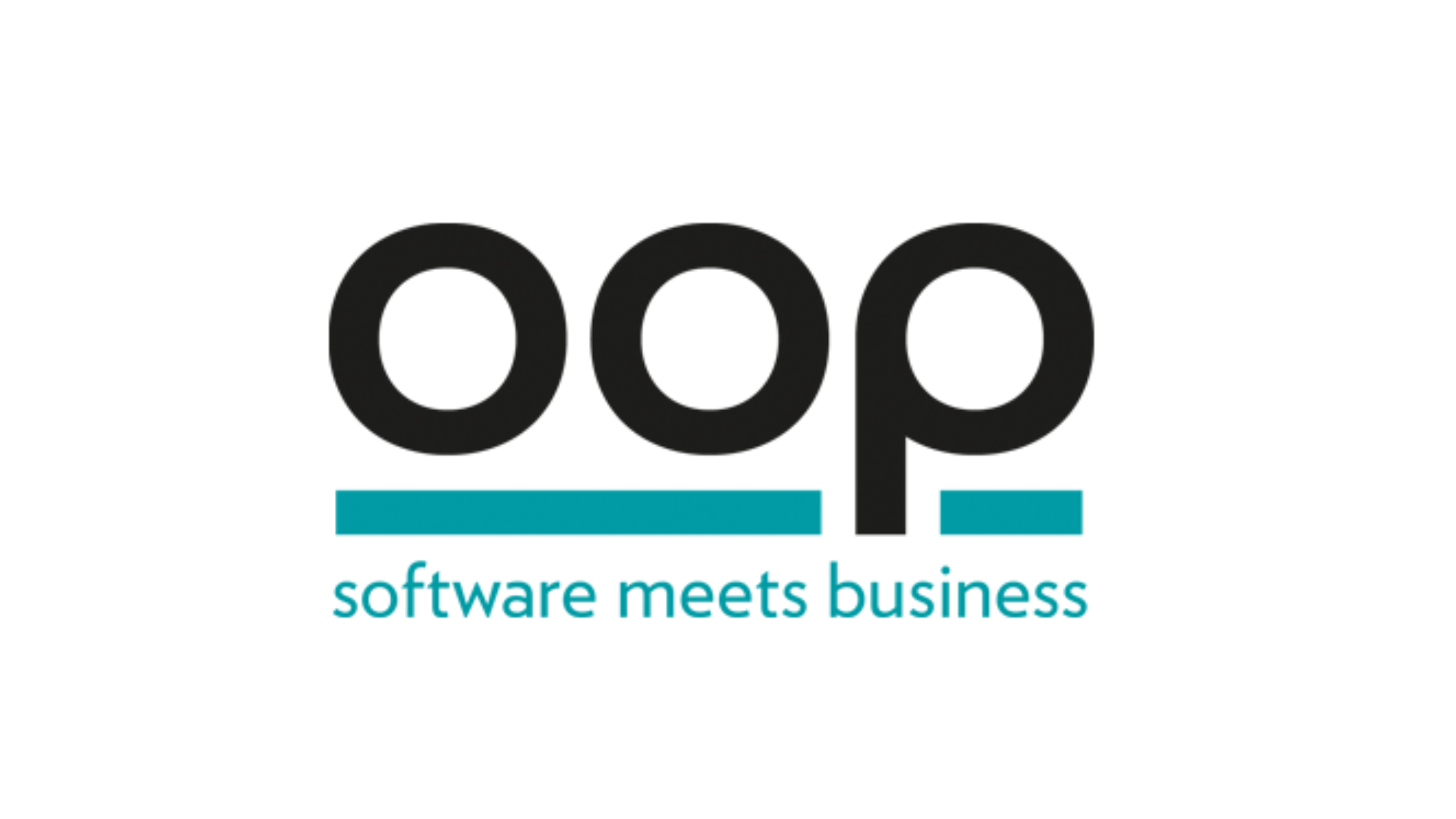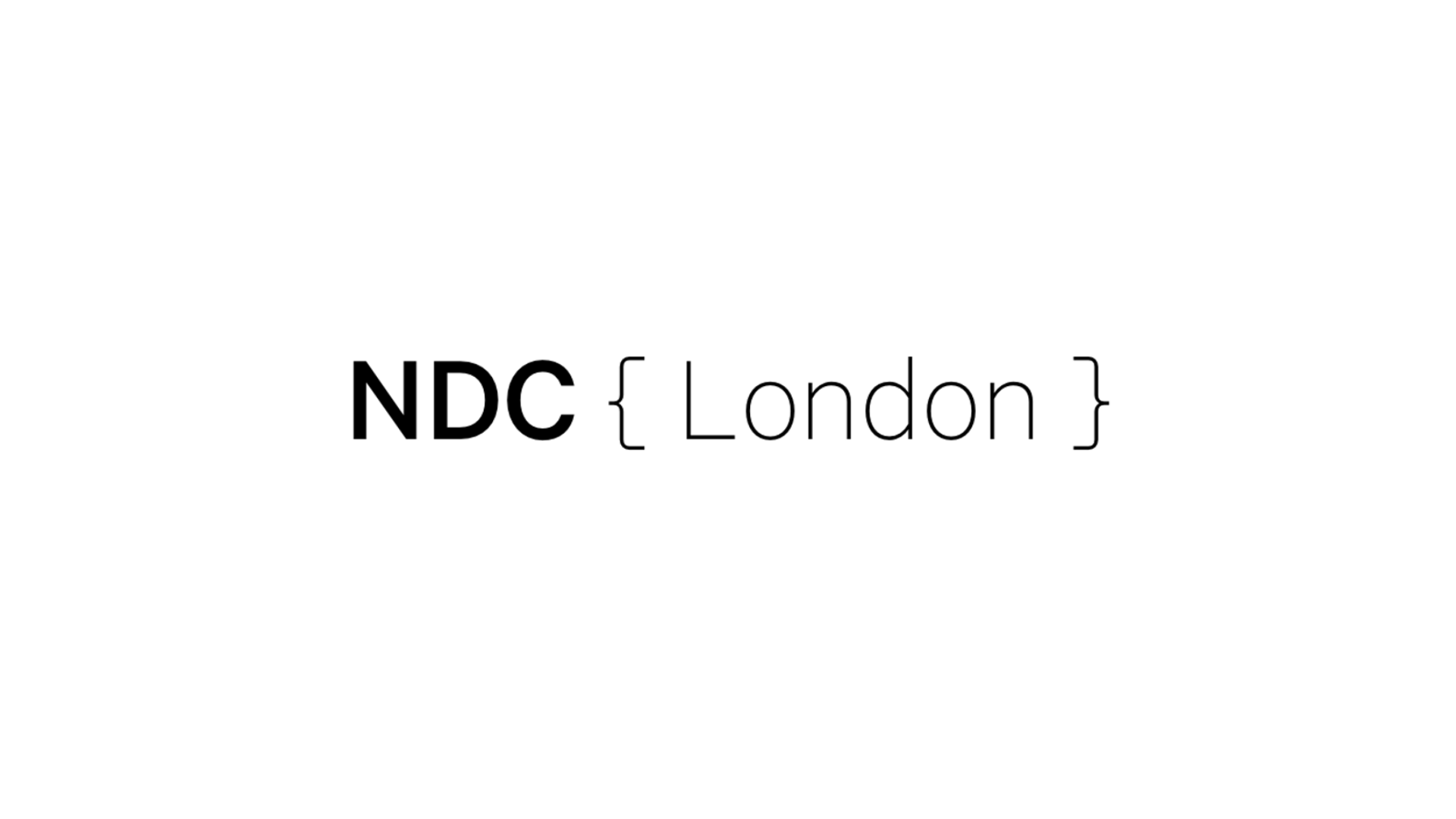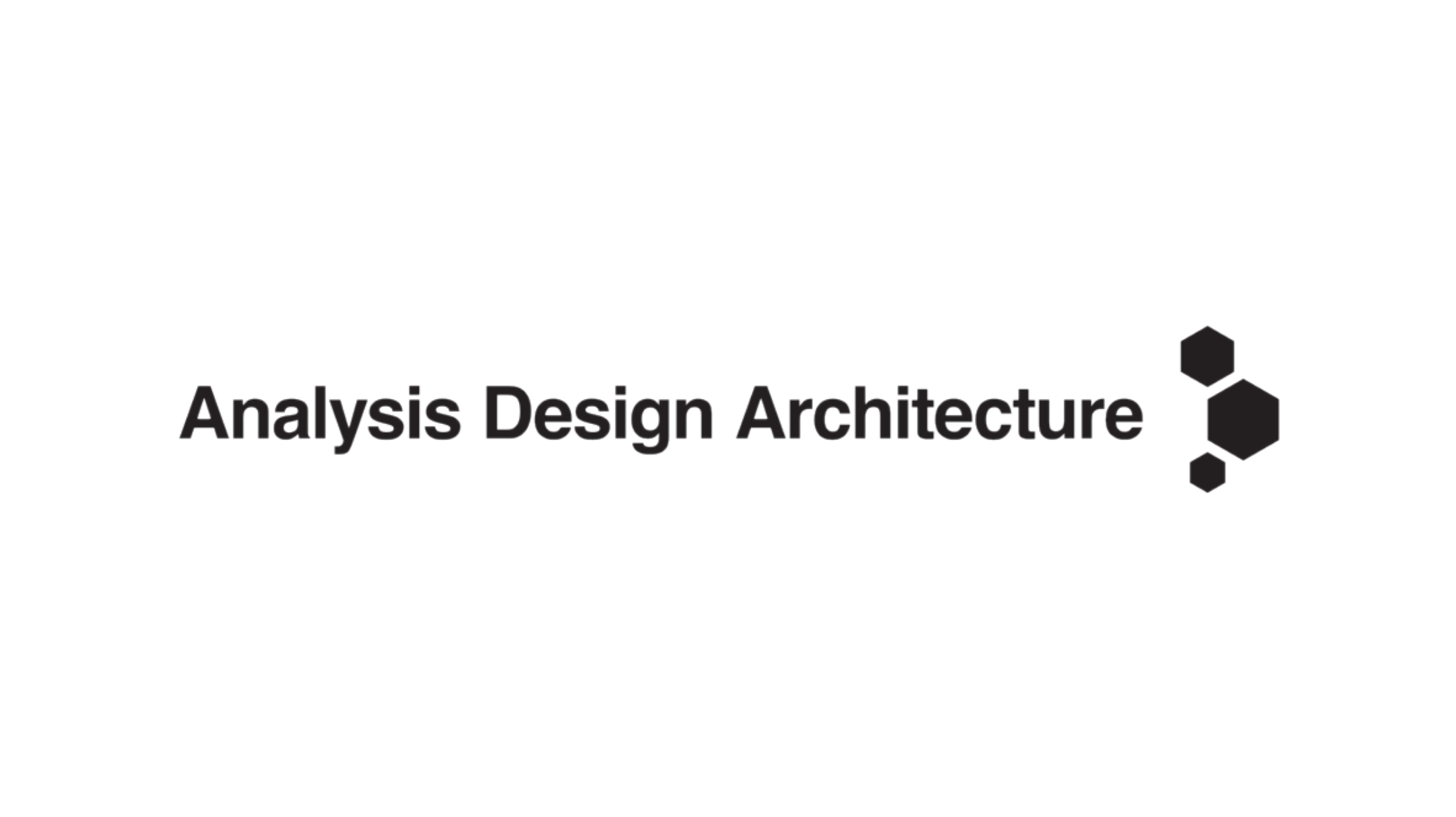
Architecting Emergent Meaning: Designing Temporal Intelligence
For decades we’ve built software and organizations around plans and repositories — but knowledge isn’t static. In this keynote, Diana Montalion introduces Emergent Meaning Architecture (EMA): a new paradigm for designing systems that think with us. EMA turns architecture from rigid pipelines into living, relational systems where meaning emerges, adapts, and flows.
View details